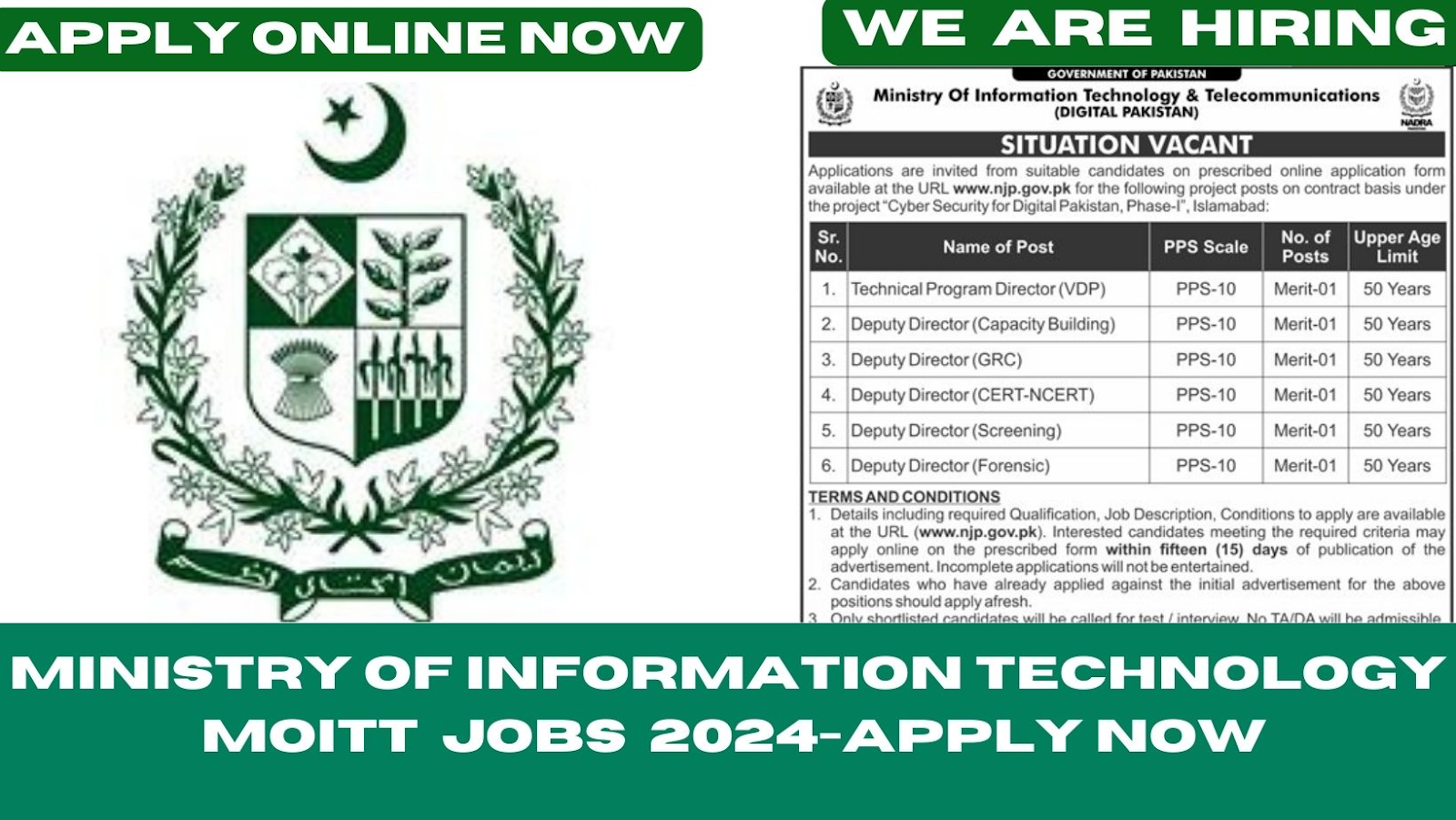Employment in PID the Punjab Irrigation Department Jobs 2024
Employment in the Punjab Irrigation Department 2024
The Punjabi government's irrigation department is accepting applications from individuals in the province who are driven, skilled, and have experience. Apply now for Irrigation Department Punjab Jobs 2024 | Download Application Form.
Punjab Latest Jobs in the Irrigation Department:
- Published on: May 31, 2024
- Place: Lahore
- Education: Primary and BSC
- Final Date: June 28, 2024
- Openings: 04
- Organization: Punjab Department of Irrigation
- Address: Sabzazar, near Kharak Stop on Multan Road, Lahore; Directorate General of Soil Survey of Punjab
Open Positions:
- Research Assistant
- Driver
- Employee in Sanitation
Check out the most recent job openings in the irrigation department for both experienced candidates and recent graduates in 2024. A wide range of qualifications, including Primary, Middle, Matric, Intermediate, Bachelor, Master, M.ed, Mphil, Phd, B.ed, BA, B.com, MCS, BBA, M.com, BCS, MBA, MA, MIT, BIT, I.com, DAE, MBBS, CA, LLM, ITI, ACCA, LLb, MCA, B.E, P.G Diploma, M.sc, M.Tech, B Pharmacy, BDS, and MS are among the qualified and eligible candidates, both female and male. The Pakistani public is served by the government's irrigation agency. Most people who work for the government or private irrigation department in Quetta, Lahore, Karachi, Rawalpindi, Islamabad, Multan, Faisalabad, Peshawar, Hyderabad, and Karachi. Government employment from the Irrigation Department are available on www.gov.pk and may be found in Punjab, Balochistan, Quetta, KPK, AJK, and FATA.
How Do I Apply?
Candidates must email a complete CV, attested copies of their experience certificates, diplomas, CNIC, and photos after completing the online application form.The deadline for submitting an application is June 28, 2024.
There will be no acceptable TA/DA.
Our website offers an application form for download.
Applications that do not comply with the necessary guidelines will not be taken into consideration.
Concerning Punjab's Irrigation Department
The development of the water system in the Indus Bowl dates back to the Harappa and Mohenjo Daro civilizations, which flourished in the Indus Valley around 4,000 years ago. At that time, immersion trenches were the primary method used to construct the local water supply. As important immersion ditches in the district, the Hansli Channel off-taking from Stream Ravi and the Shah Nehar off-taking from Waterway Beas, which were constructed during the Mughal era, merit attention. Jahangir, the head, worked the earlier one to irrigate his hunting area near Sheikhupura. It had a supply at Hiran Minar and was 80 kilometers long. This was the Indus Bowl's first permanent canal.The Water Accord of 1991, which brought together all four of Pakistan's regions, was the second major development after autonomy in the history of the water system in Punjab. Through this deal, Punjab territory received an annual share of 55.94 million land feet for its drinking water system. The Irrigation Department Punjab Division uses this offer to give extra attention to the 21 million pieces of orderly land in the area.
The Punjab Office of the Irrigation Department is in charge of communicating with the province's supporting administrations:
- Water system supplies are arranged for ranchers.
- Creation, upkeep, and operations of the basis for the water system
- Flood planning and the board
- Important and practical studies in groundwater, land rehabilitation, and water power
- creation of repositories
- Surface and vertical waste
- The studio and hardware pool executives




Comments
Post a Comment